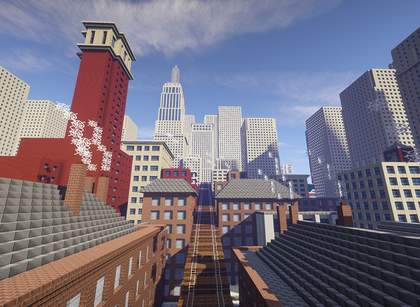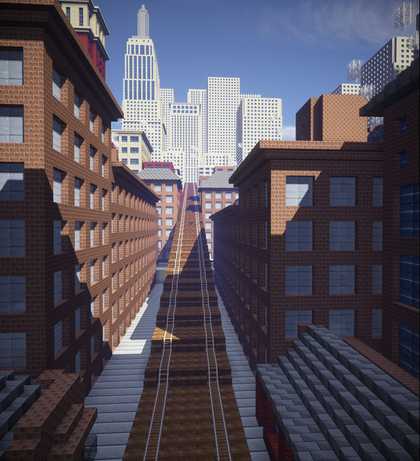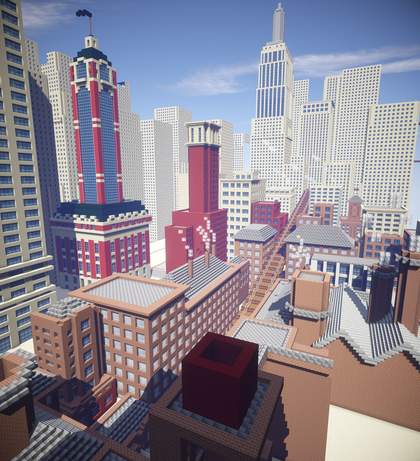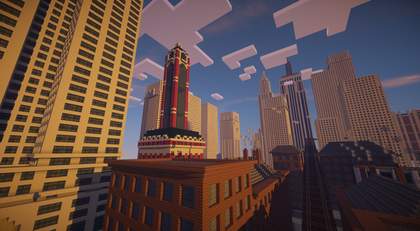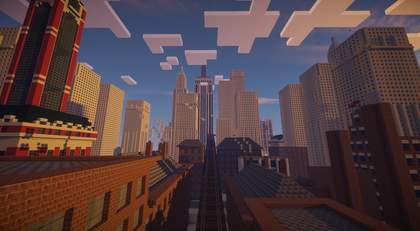New York in the 1920s was a bustling and fast-changing place. Its emerging skyscrapers and railways epitomised the dynamism of the modern metropolis, inspiring British artist Christopher Nevinson to paint his Futurist-style painting Soul of the Soulless City in 1920.
html PUBLIC "-//W3C//DTD HTML 4.0 Transitional//EN" "http://www.w3.org/TR/REC-html40/loose.dtd"
The artwork that inspired the game
New York in the years following the First World War was a bustling and fast-changing place. Its emerging skyscrapers and railways epitomised the dynamism of the modern metropolis, inspiring British artist Christopher Nevinson to paint this Futurist-style painting Soul of the Soulless City after a visit to New York in 1919.
Futurism was an artistic movement that emphasized and glorified themes associated with an optimistic view of the future, such as speed, technology, youth and even violence, and objects such as the car, the aeroplane and the industrial city.
The painting was originally titled New York – an Abstraction, but was renamed with its more sombre title later as his optimism for the future and excitement for this new city waned. It has been suggested that the change of title may reflect the artist’s disappointment following the poor reception of his work in New York.
In the fictional Tate Worlds map, inspired by the painting, you board a train taking you the past emerging landmarks that Nevinson observed with awe, before roller-coasting into the future as the skyscrapers go up and up and up.
Starting in 1920, the sights and sounds of the ‘roaring twenties’ accompany your journey as you build a skyscraper, join construction workers for a dangerous sky-high lunch, and race to catch a movie.

